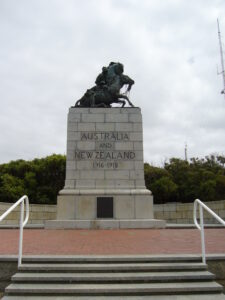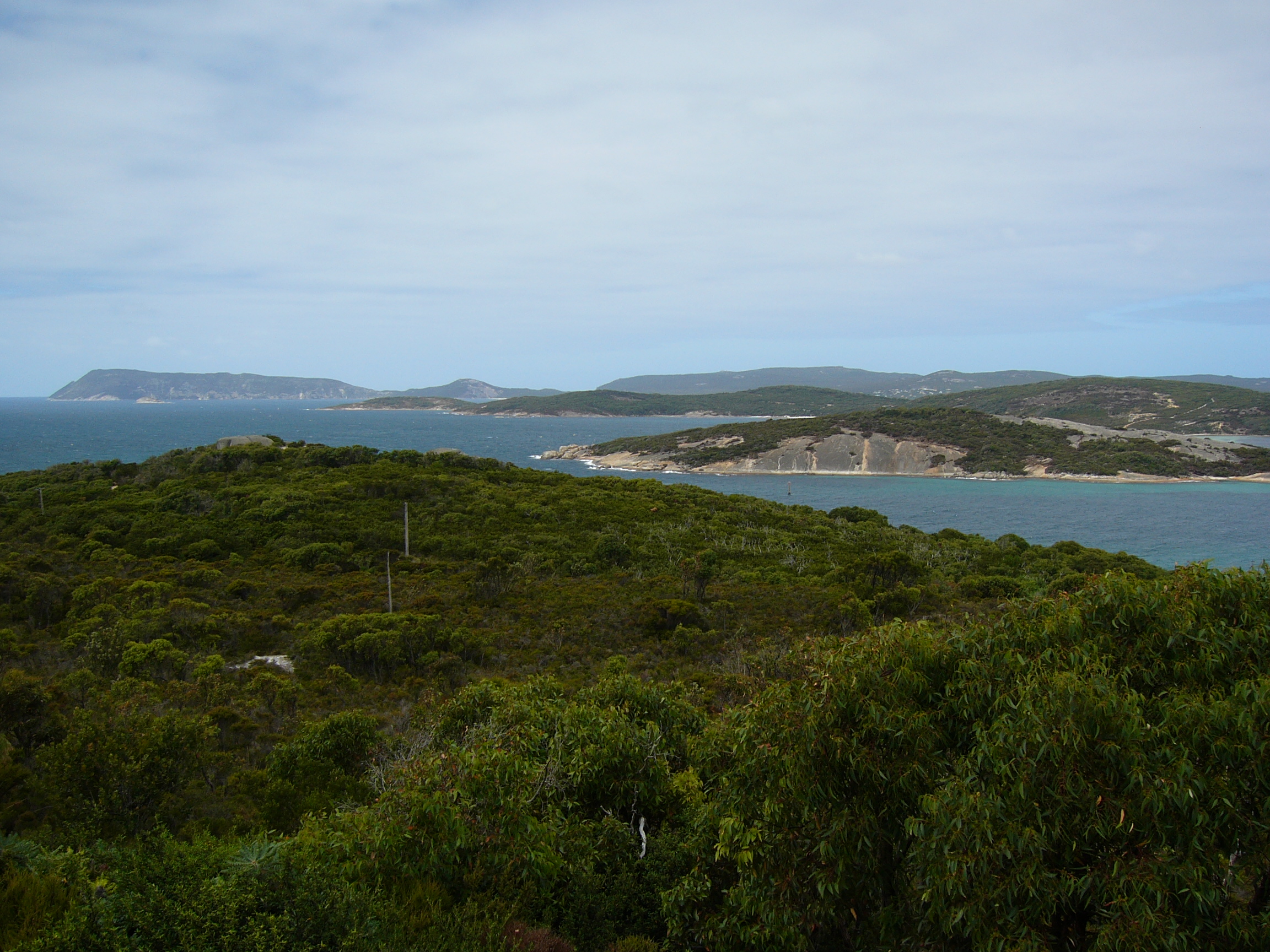History of Albany
 The first recorded sighting of the south coast of Western Australia and the entrance to King George Sound was in January and February 1627 by Hans Thyssen and Pieter Nuyts on board the Verenigde Oost-Indische Compagnie (VOC) ship, Gulden Zeepaerdt.
The first recorded sighting of the south coast of Western Australia and the entrance to King George Sound was in January and February 1627 by Hans Thyssen and Pieter Nuyts on board the Verenigde Oost-Indische Compagnie (VOC) ship, Gulden Zeepaerdt.
The first record of whaling at Albany was in 1800 with the arrival of the armed English whalers Kingston and Elligood. After World War II, a worldwide shortage of fats led to the development of the modern whaling industry .The Albany Whaling Company commenced operations in 1947 and in 1952 was succeeded by the Cheynes Beach Whaling Company. Shore whaling continued at Albany until 1978 when a downturn in the industry and mounting pressure from the environment movement led to the closure of the whaling station. Today the industry survives in the form of whale watching. Whaleworld, at the site of the of Cheynes Beach Whaling Company operation, gives visitors a glimpse into this once prosperous industry.
With the opening of steam ship routes to Australia in 1852, Albany became a settlement of national importance. Steam ships arriving from Europe, Africa, India and Asia called at Albany to deliver mail, and bunker coal and water before sailing for east Australian ports.
Albany was connected to Perth by telegraph in 1872. In 1877 a line to the East was opened, connecting Albany to the Darwin-Adelaide-Melbourne line and the outside world. This greatly enhanced the town’s role as a transport and communication centre.
